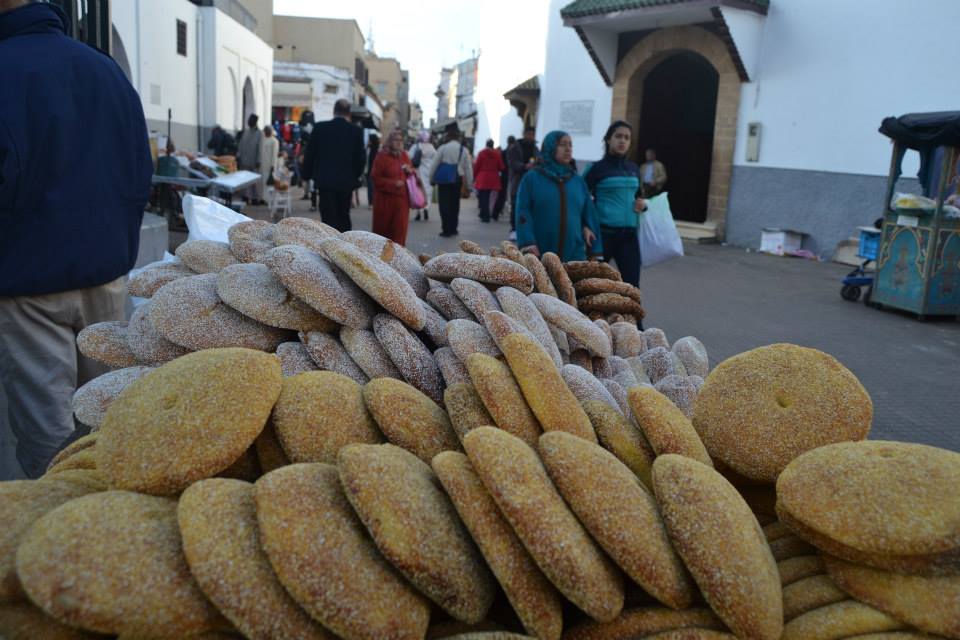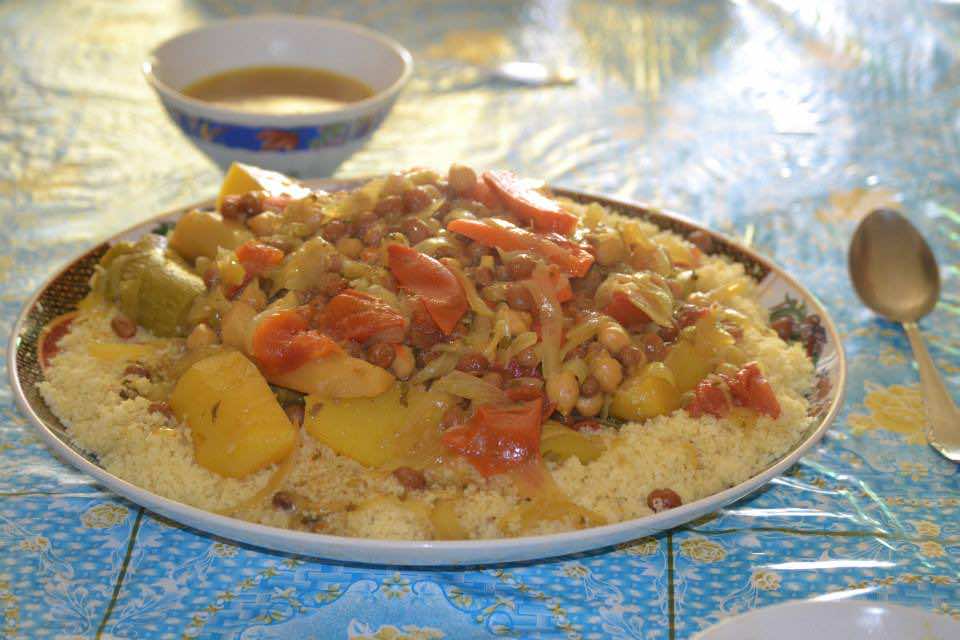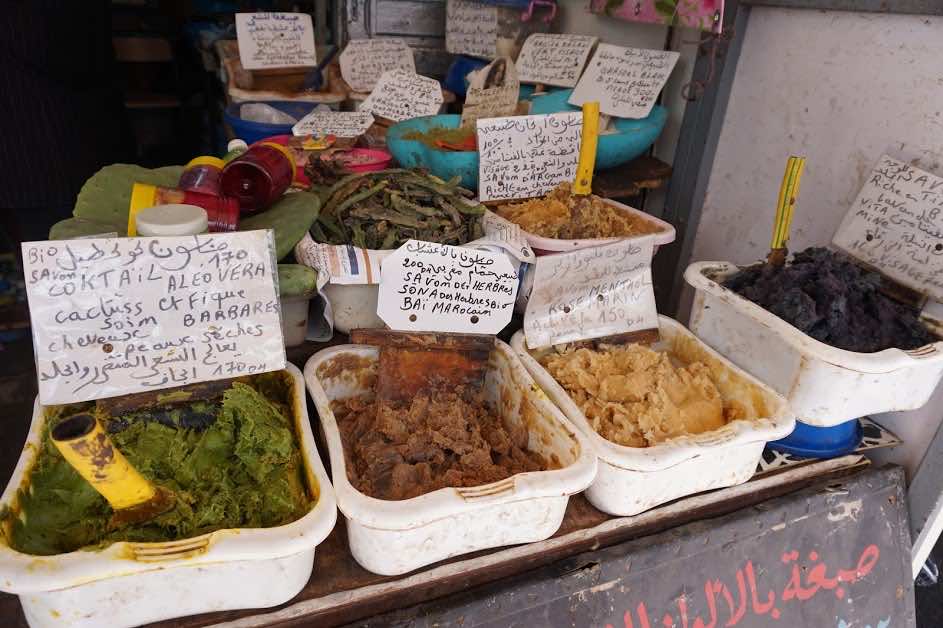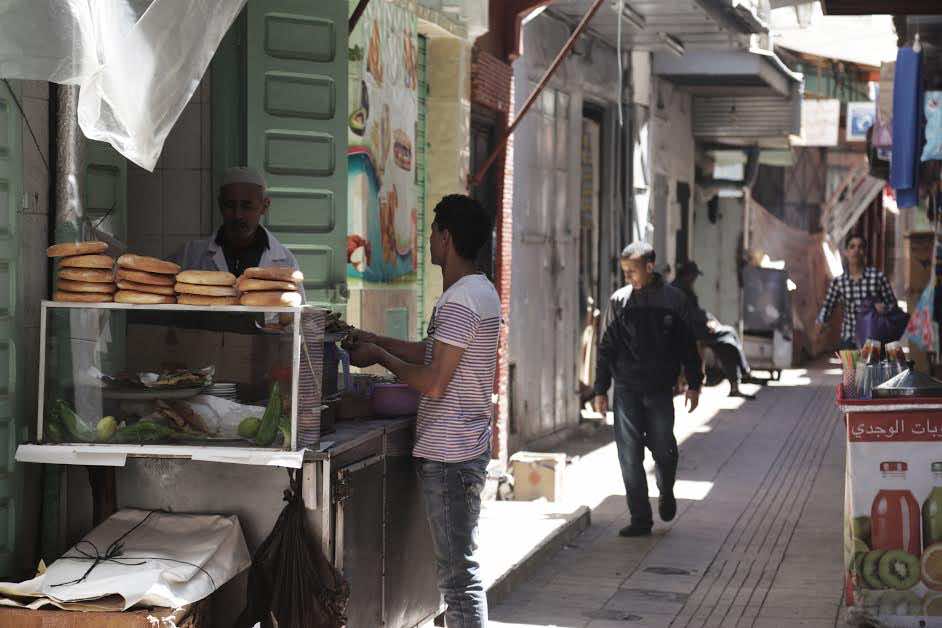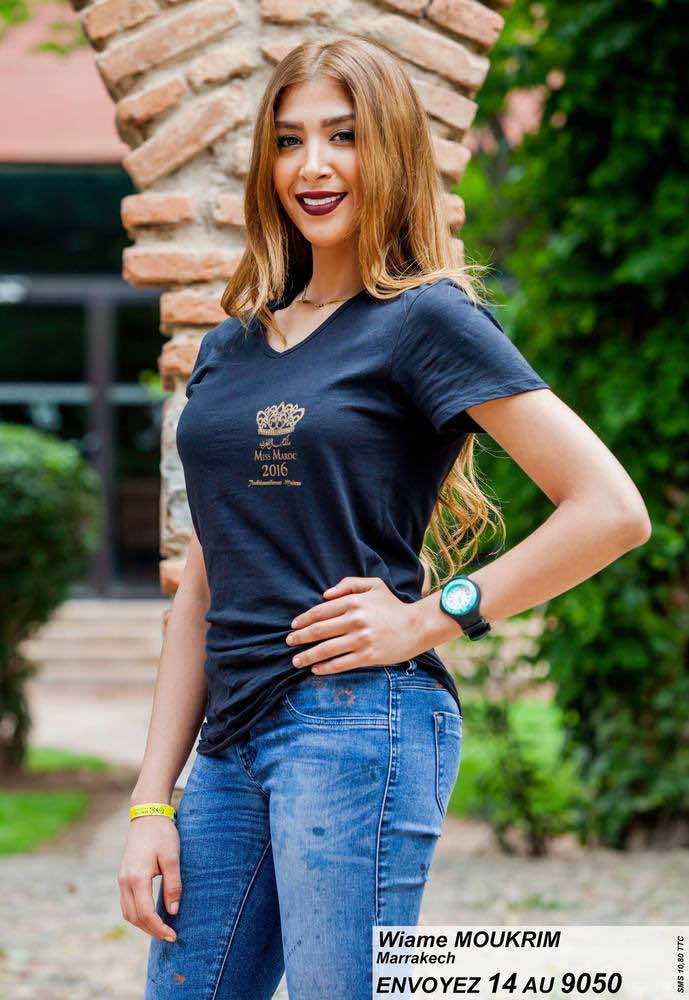
By Michelle Bouchard
New York - I left Morocco and returned to the States a few months ago. However I did not want to write about my experiences immediately upon my return. Perhaps the memories about specific people and moments would have been sharper in my mind had I written this earlier, but I believe that whatever has stuck with me now truly constitutes my perspective on Morocco. The things I’ve learned and experiences I’ve gained in Morocco could not be truly manifested until I returned home and applied them to my life here. After Morocco, I am more aware of cultural differences, but also, and perhaps more importantly, cultural similarities.
I was not sure quite what to expect when travelling to Morocco. Never before had I been to a country beyond the limited scope of North America and Western Europe. Anything beyond my narrow experience was foreign territory, both literally and metaphorically. The basic expectations of camels and deserts and dancing did not necessarily go unfounded but there was certainly so much more. I did indulge in the stereotypical touristic experiences for a weekend. My friend and I traveled to Marrakech, rode camels through the desert, and got henna in the medina. It was great, but the best and most meaningful part of my trip was staying with a wonderful family in Rabat.
[caption id="attachment_184842" align="aligncenter" width="943"] Photo by Emma Julia Vos/MWN[/caption]
Photo by Emma Julia Vos/MWN[/caption]
My host family consisted of a mother, father, and two young school aged children. The generosity and hospitality that my friend and I were treated with was something that I never would have expected. It is not that I wouldn’t have expected it because I was in a different country, but because I have never seen a family go so out of their way to make sure we were safe, comfortable, and constantly full. Despite the language barrier, our family made clear to us that we were as welcome in their home as they were. This sense of hospitality is one which continued throughout the entirety of my trip. The naivety of two young American girls exploring a country on our own was never much of an issue when the Moroccan people we encountered were so willing to help.
Our first day in Morocco was filled with excitement and hesitancy. From the moment we stepped off the airplane, to driving to our school and admiring the changing landscapes spanning from mountains to metropoles, we realized that any expectations we had harbored would have to be discarded.
[caption id="attachment_184844" align="aligncenter" width="1000"] Photo by Jack Stanvsek/MWN[/caption]
Photo by Jack Stanvsek/MWN[/caption]
Although I expected it, I was still a little caught off guard by the language barrier. However, our savior ended up being the generosity of the people we found ourselves surrounded with. For instance, when my friend and I were in desperate need of a dollar-dirham exchange, we found our only option to be a man we met on the street. We assumed he would take advantage of our desperation and give us a bad deal. However, we went ahead and exchanged the money anyways. Only later did we realize that he did not make any profit whatsoever, he was just helping us out.
Another surprise was encountering several taxi drivers who would drive us around aimlessly when we could not pronounce the name of the street we were going to. Despite the frustration endured and time taken, they reduced the fare to what it was before we got lost. Events that we perceived as potentially dangerous or unlikely to end well due to our experience in other countries were handled with a generosity and chivalry that we never could have expected.
[caption id="attachment_184841" align="aligncenter" width="1081"] Gnaoua Musicians in Merzouga, Morocco. Photo by Kelsey Fish[/caption]
Gnaoua Musicians in Merzouga, Morocco. Photo by Kelsey Fish[/caption]
In terms of culture, the music, food, people, and traditions are part of what I will miss most about my short trip. While the culture was a unique blend of Arab, Berber, and French traditions, it had the ability to unify a country of people. This was beautiful in itself. More often than not during my trip, I felt welcomed into the culture and treated as a camaraderie. As different as the culture was from that of the U.S., I saw how the two cultures could blend harmoniously, a lesson that I will hold with me forever.
Thank you, Morocco. For everything.
© Morocco World News. All Rights Reserved. This material may not be published, rewritten or redistributed without permission.
The post How Visiting Morocco Helped Dispel My Stereotypes appeared first on Morocco World News.

